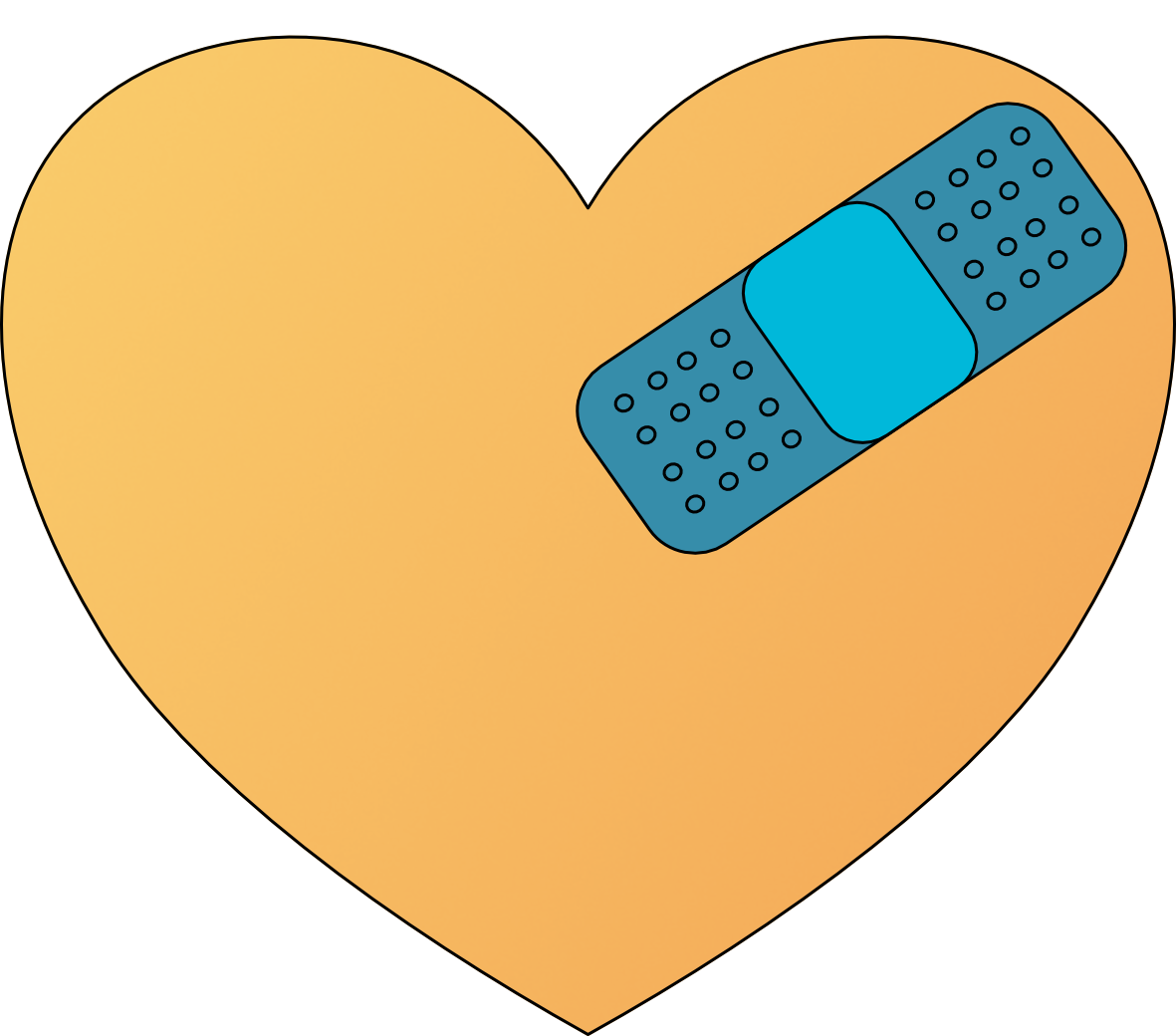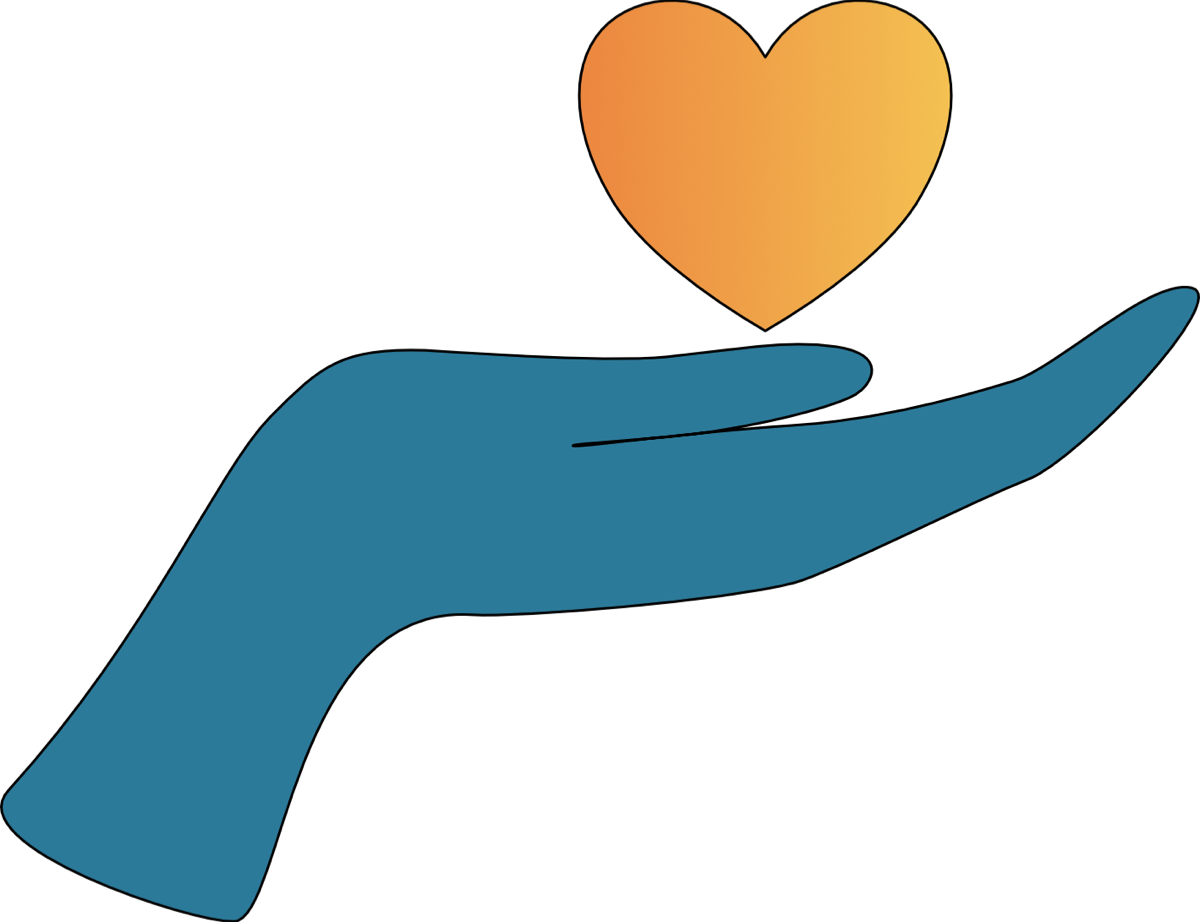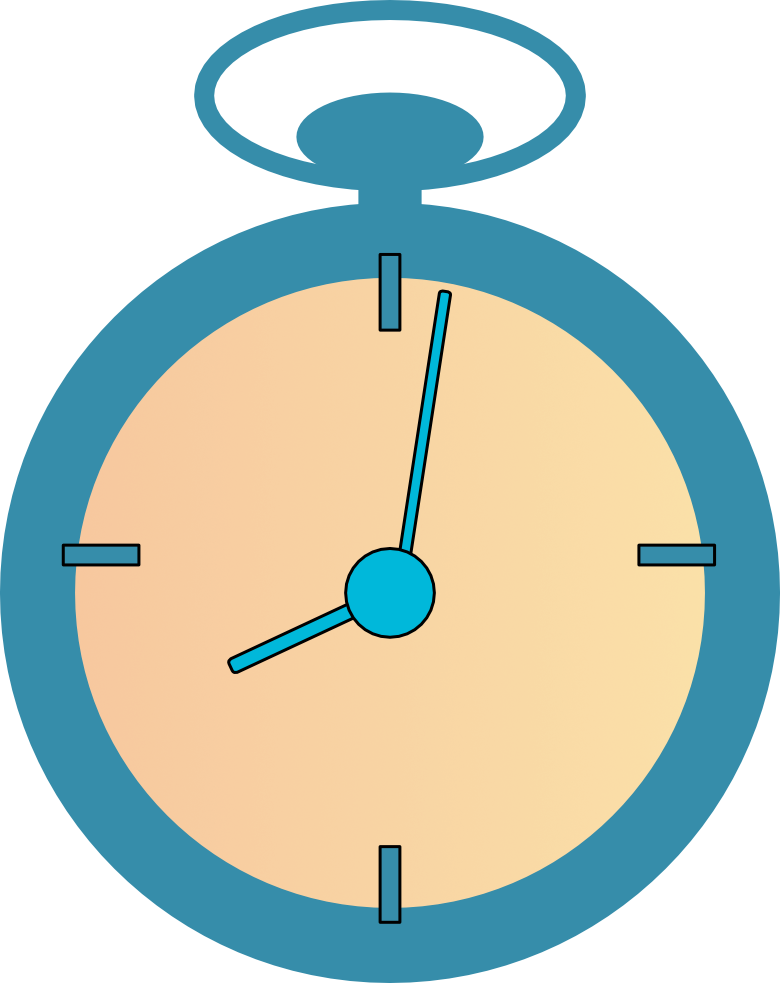therapyOverview
________________________________________________________________________________________
____________________________________________________
Every therapist develops their own, unique approach to their practice. Much of this is based on their personality and their chosen modalities in addition to their education, experience, and training.
Here you’ll find an overview of the therapeutic process in general when working with me.
Please keep in mind there are a few things that are universal and mandatory throughout mental health treatment of any kind by any licensed provider:
-Your sense of physical and emotional safety is prioritized
-You feel heard and respected
-Your sense of self and your identity is supported and affirmed
-Your confidentiality is protected according to the laws and ethical guidelines set by the governing body that issues your therapist’s license
Connecting:
We’ll usually connect through email initially, then set a time to talk on the phone. This is when the first session is scheduled.
Between our phone call and the first session:
You will receive an invitation to my TherapyNotes client portal. This allows me to share documents with you, accept your payment, and gives you access to my schedule and your billing history.
Depending on your reason for therapy, you may have a few forms to fill out prior to the first session. These may include a questionnaire about your family history, your experience with your main complaint (e.g., anxiety, PTSD, depression), and general demographics like age, preferred pronouns, etc.
First Session:
Consider this the “get to know you” session. You’ll have the opportunity to ask any questions and just get a feel for me and my approach to therapy in general.
If you filled out any documents, we will go over any topics that stand out, or I may ask for clarification on an answer or two.
Before we end the session, we’ll schedule our next appointment.
Second Session:
If we’ve gone over your history and there are no questions or topics that need further discussion, treatment planning is next.
I often refer to this as the “Road map” session.
To get you to where you want to be, mental health-wise, we need a destination.
That destination is a concrete goal or goals we choose together. Along the way there will be objectives, which act like check-points to keep us on track. Interventions are the roads that will get us to the objectives.
Here is a very simplified example of a treatment plan:
Client’s stated needs: I want to get over my anxiety, which makes it hard to attend college classes in person on a daily basis.
Goal: Reduce symptoms of anxiety that interfere with college attendance.
Objective: Improve client’s awareness and understanding of their anxiety triggers
Interventions: Psychoeducation around anxiety, building skills (e.g., mindfulness, journaling), and increasing awareness around unhelpful thinking styles and patterns.
Objective: Reduce client’s reactivity to triggers Interventions: Cognitive reframing, grounding techniques, CBT-based skills
Goal met when: Client experiences anxiety 3 days per week or less; can effectively manage their reactions that interfere with attending classes.
Client’s stated strengths: Fast learner and I have supportive friends
Obstacles that may interfere with attaining treatment goal according to client: None noted at this time.
Treatment plans are not set in stone and may be altered and/or updated at any time to ensure we’re working towards your therapeutic goals.
Third session and beyond:
This is where we do the work.
Some days may mean you will share a situation that exemplifies the reason you’re seeking therapy, while other times we’ll focus on building a skill or two so you can practice between sessions. It all depends on you, your goals, and your reason for attending therapy.
________________________________________________________________________________________
We serve and support our LGBTQ+ clients with inclusive, compassionate treatment and gender-affirming care

________________________________________________________________________________________
____________________________________________________
The information and resources on this website are intended to help individuals better understand the U.S. health care system, health services research and medical effectiveness, and diagnosed conditions, but not to provide specific medical or mental health advice. Individuals are urged to consult with their own qualified health care providers for all diagnosis and treatment, and for answers to personal health care questions.
Please see our Terms of Use for details.
© 2024 Strive Family Resources, LLC



